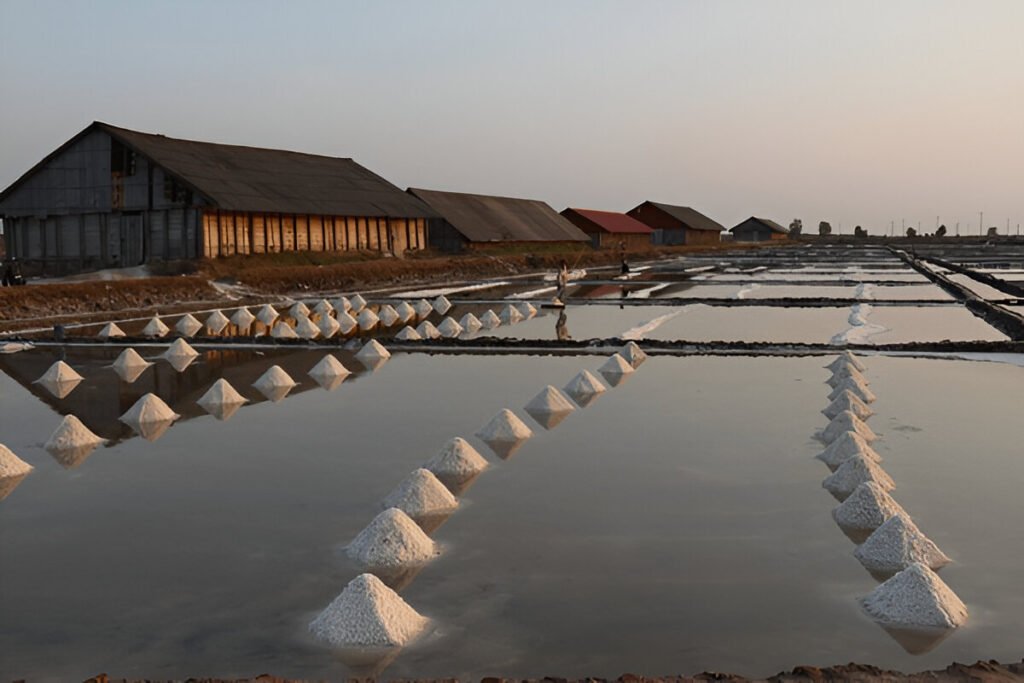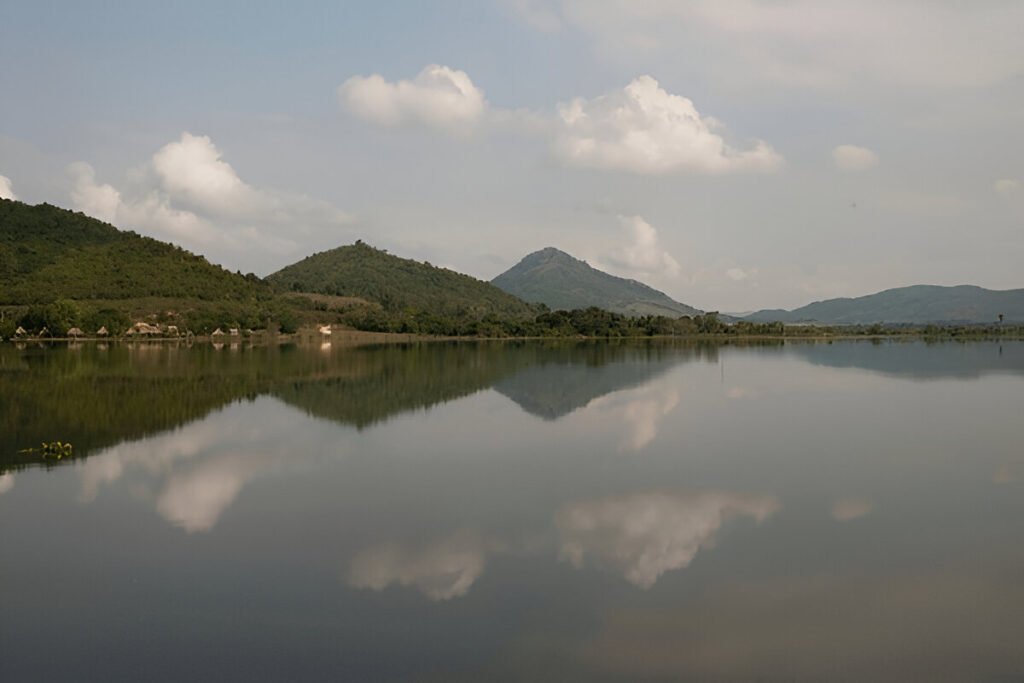Introduction:
Tucked away in the heart of Dharamshala, India, lies a unique trove of history and culture – the Tibet Museum. This institution stands as a testament to Tibet’s rich history, diverse culture, and enduring spirit. It is a must-see destination when visiting India, offering a glimpse into the ancient wisdom and contemporary resilience of the Tibetan community. Not only does it serve as a storehouse of Tibet’s heritage, but it also acts as a platform to raise awareness about the political plight of Tibetans.
Unraveling the Threads of Tibet’s Rich History in a Modern Museum
As you step into the Tibet Museum, you are immediately transported into the world of Tibet’s past and present. The museum’s exhibits span various periods of Tibetan history, from its ancient roots to its present-day struggle for freedom. The displays are beautifully curated, utilizing modern technology such as touch screens and multi-media presentations to bring the history of Tibet alive. One of the museum’s most heart-wrenching sections is the one dedicated to the Tibetan uprising and subsequent Chinese occupation, offering a stark and haunting insight into the struggles the Tibetan people have faced.
The museum also houses a rich collection of artifacts, each narrating a part of Tibet’s history. From traditional Tibetan costumes and jewelry to antique tools and utensils, the museum paints a vivid picture of the Tibetan way of life throughout history. The ‘Martyrs section’ is a poignant reminder of the sacrifices made by Tibetans in their struggle for freedom. Their stories are told through photographs and biographies, paying homage to their courage while igniting a spark of hope for a free Tibet.
Discovering Tibet’s Culture: A Modern Journey into Ancient Wisdom
The Tibet Museum isn’t just a showcase of the past, but a vibrant hub of cultural activities. Visitors can partake in film screenings, seminars, and cultural events organized by the museum. These programs often focus on Tibetan art, music, literature, and spirituality, providing a more immersive and interactive experience of the Tibetan culture.
The museum also houses a library, which is a treasure trove of books and literature on Tibet and its culture. Here, one can delve deeper into the wisdom of ancient Tibetan philosophy, read about the life of Dalai Lama, or explore the nuances of Tibetan art and music. For those interested in language, the library offers an array of Tibetan-English dictionaries and language guides.
Description of the Attraction:
The Tibet Museum, with its modern architecture, is a blend of traditional Tibetan and contemporary styles. The red and white façade is reminiscent of Potala Palace in Lhasa, Tibet’s iconic landmark. Inside, the exhibits are meticulously organized, offering a seamless journey through Tibet’s rich history. The museum is also home to a gift shop where visitors can purchase souvenirs such as Tibetan handicrafts, books, and music CDs, contributing to the local economy while taking a piece of Tibet back home.
Things to Do:
Aside from touring the museum’s exhibits, visitors can attend various cultural events and workshops. The museum regularly hosts film screenings and seminars on Tibet’s history and culture. Walk through the ‘Hall of Missing Histories’, attend a Tibetan art workshop, or join a book reading session and engage in enlightening discussions about Tibet’s past, present, and future.
Local Tips:
Although the museum is open throughout the year, the best time to visit is during the Tibetan New Year (Losar) when the museum hosts special events and exhibitions. As for attire, comfortable shoes are advisable since the museum tour involves walking. When participating in discussions or seminars, remember to respect the sentiments of Tibetan refugees.
How to Get There:
The Tibet Museum is easily accessible by car or public transportation from major Indian cities. From Delhi, you can catch a direct flight to Gaggal Airport in Dharamshala, which is just 20 km away from the museum. Alternatively, you can take a train to Pathankot railway station and then a taxi or bus to Dharamshala.
Nearby Attractions:
While in Dharamshala, don’t miss the opportunity to visit Tsuglagkhang Complex, the residence of His Holiness the Dalai Lama. The Norbulingka Institute, dedicated to preserving Tibetan arts and culture, is another must-visit spot.
Conclusion:
A visit to the Tibet Museum is not just about appreciating the rich culture and history of Tibet; it’s about understanding the resilience of its people and their quest for freedom. It’s a journey that will move you, educate you, and inspire you. So, the next time you are in Dharamshala, make it a point to visit this repository of Tibetan heritage and immerse yourself in the ancient wisdom and contemporary spirit of Tibet.






